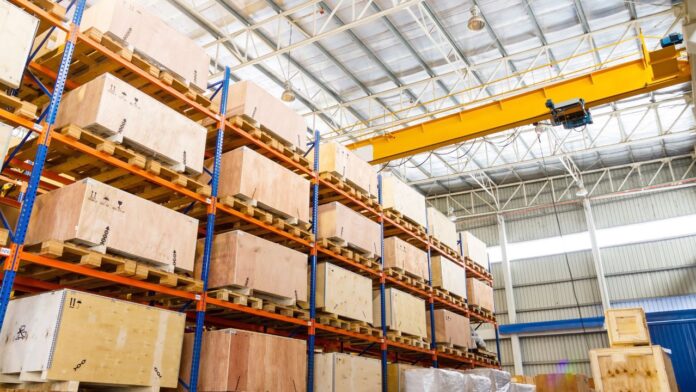Cantilever racking is an essential storage solution for industrial warehouses, manufacturing units and retail businesses. It’s specifically designed to store long, bulky and irregularly shaped items, such as timber, pipes and sheet metal. These storage systems offer easy access, efficient use of space and excellent load-bearing capacity for a variety of items and use cases. However, to maximise the benefits of cantilever racking in Melbourne, it’s crucial to consider several design aspects before purchasing and installing this type of storage solution. This article will go over five design considerations for cantilever racking.
1. Assessing Your Storage Needs
Before investing in a cantilever racking system, it’s crucial to assess your storage needs. Consider the types of items you plan to store, including their dimensions and weights. This information will help you determine the appropriate racking size, arm length and load-bearing capacity you need. Be sure to also get an accurate estimate of the amount of floor space available in your warehouse or storage facility. This information will allow you to choose a cantilever racking design that optimises available space and enhances storage efficiency.
2. Selecting the Right Material
Cantilever racking systems are typically made from either steel or aluminium. Both materials have their unique advantages and drawbacks. Steel racking systems are robust, durable and offer exceptional load-bearing capacity. They’re ideal for heavy-duty applications and can withstand harsh industrial environments. On the other hand, aluminium racking systems are lightweight, corrosion-resistant and easy to install. They’re suitable for lighter loads and indoor storage applications. Consider the specific requirements of your storage facility to determine the best material for your cantilever racking system.
3. Opting for Single or Double-Sided Racks
Cantilever racks are available in both single-sided and double-sided configurations. Single-sided racks have storage arms extending from one side of the central column, while double-sided racks have arms on both sides. Single-sided cantilever racks are ideal for installations against walls or in tight spaces, while double-sided racks offer maximum storage capacity and accessibility. Assess your warehouse layout and storage requirements to select the most suitable configuration for your needs.
4. Ensuring Proper Load Distribution
Proper load distribution is critical for maintaining the structural integrity and safety of cantilever racking systems. Ensure that the weight of stored items is evenly distributed across the storage arms and that the heaviest items are placed at the bottom. Overloading can compromise the stability of the racking system and pose safety risks. It’s essential to adhere to the manufacturer’s guidelines regarding load capacity and weight distribution.
5. Prioritising Safety & Compliance
Safety should be a top priority when designing and installing cantilever racking in Melbourne. Ensure that the racking system complies with industry standards and local regulations, such as the Australian Standard AS 4084-2012 for steel storage racking. An often-overlooked aspect of compliance is the failure to have adequate aisle space for safe and efficient material handling. Ensure there is enough room in the aisles of your warehouse to handle all items safely and efficiently. You might also consider installing protective barriers, such as column guards and end protectors to minimise potential damage from forklift collisions.









